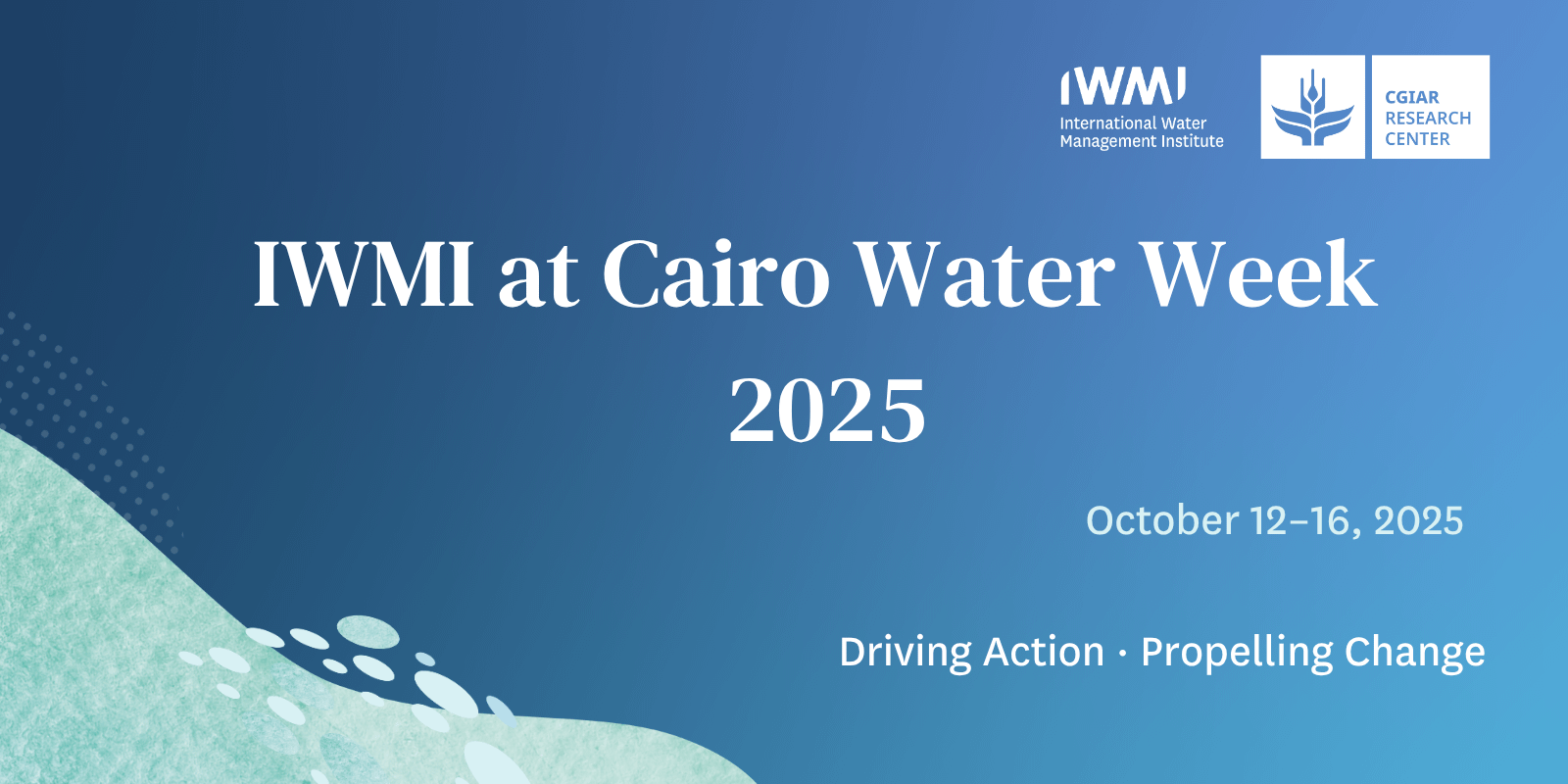IWMI appoints Kehinde Ogunjobi as Country Representative for Ghana covering West and Central Africa
The new role of the IWMI Country Representative in Ghana will lead strategic research-for-development and policy engagements across the West and Central Africa region.
Nature-based solutions offer hope for Iraq’s water future
Years of conflict, population growth and climate stress have deepened Iraq’s water crises. Solutions that are grounded in nature could offer a way forward to improve livelihoods, restore ecosystems and strengthen community resilience.
Latest publications
Journal Article
Insight for sustainable supplemental irrigation development for cocoa in changing Ghana’s agroforestry landscapes
Springer | December, 2025
Journal Article
Domestic wastewater treatment and agricultural reuse progress and reporting challenges
Springer | December, 2025
Journal Article
Exploring the smallholder irrigation equipment supply landscape in Zambia: a scoping review
Springer | December, 2025
Journal Article
Modeling integrated impacts of agro-hydrological interventions on blue and green water and crop yield in SWAT+
Elsevier | December, 2025








